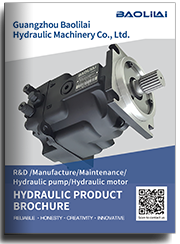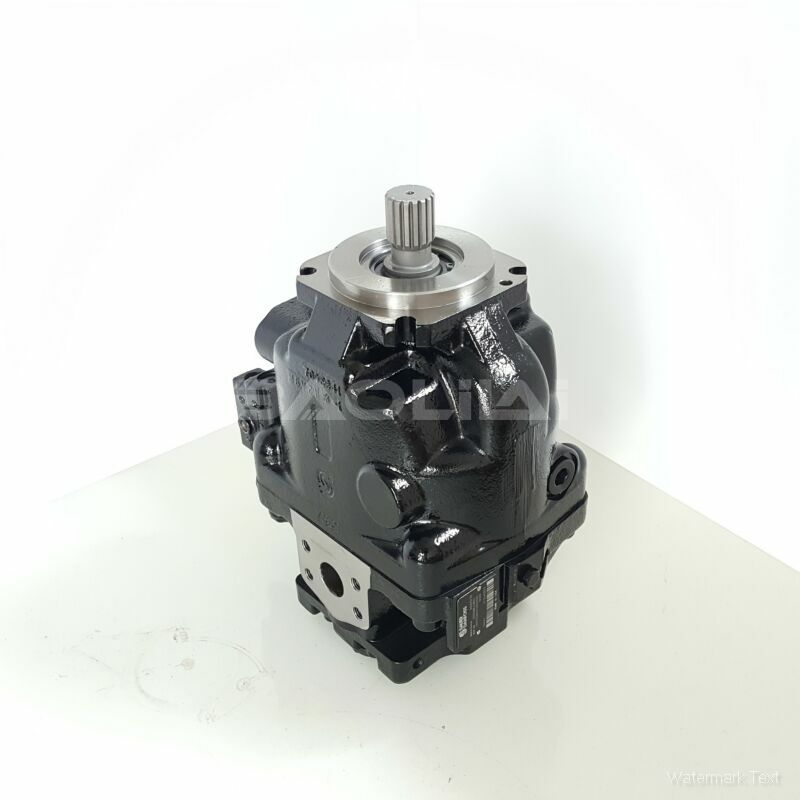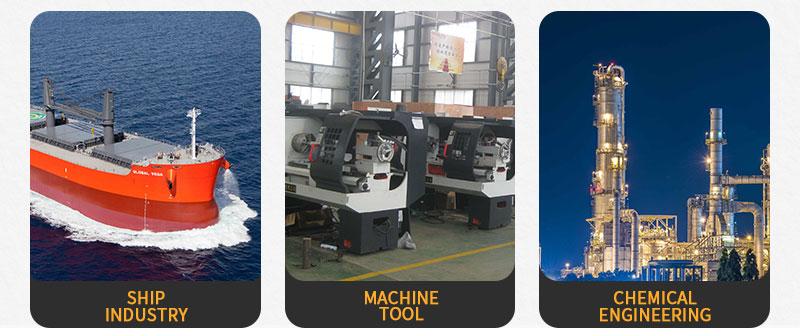ERR100BLS2525NNN3S4CPA1NNNNNNNNNN hydraulic oil pump
ERR100BLS2525NNN3S4CPA1NNNNNNNNNN hydraulic oil pump

- Product Details
- Applicable Scene
Hydraulic pump cavitation is a common yet critical issue that can significantly impact the performance and longevity of high-pressure fluid power systems. Understanding how to identify and resolve this problem is essential for maintaining efficient operations. This article will provide insights into troubleshooting hydraulic pump cavitation, including its causes, symptoms, and effective measures for prevention and resolution.
ER-R-100B-LS-25-25-NN-N-3-S4CP-A1N-NNN-NNN-NNN
ERR100BLS2525NNN3S4CPA1NNNNNNNNNN
Understanding Cavitation

83055316
Cavitation occurs when the pressure in the hydraulic fluid drops below its vapor pressure, leading to the formation of vapor bubbles. These bubbles can collapse violently when they move into higher pressure regions, causing shock waves that can damage hydraulic components, reduce efficiency, and create unwanted noise and vibration.
Common Causes of Cavitation
Low Suction Pressure: Insufficient suction pressure can result from various factors, including blocked filters, undersized piping, or excessive distance between the pump and the fluid reservoir.
High Fluid Temperature: Elevated temperatures can lower the fluid’s vapor pressure, making cavitation more likely. This may occur due to heat generated by the system or environmental conditions.
Inadequate Pump Selection: Using a pump that is not sized appropriately for the application can lead to inadequate flow rates and pressures, increasing the risk of cavitation.
Fluid Contaminants: Contaminants in the hydraulic fluid can alter its properties and increase the likelihood of cavitation. Factors such as water contamination can also lower the fluid’s vapor pressure.
System Design Issues: Inadequate design of the hydraulic circuit, such as sharp bends or excessive lengths of piping, can introduce turbulence and pressure drops that contribute to cavitation.
Symptoms of Cavitation
Recognizing the symptoms of cavitation is critical for timely intervention:
Unusual Noise: A “gravel” or “marbles” sound can indicate the presence of vapor bubbles collapsing within the pump.
Vibration: Increased vibration levels can signal cavitation, leading to mechanical wear and potential damage.
Reduced Performance: A drop in system efficiency, including slower actuator response times or diminished pressure output, may be indicative of cavitation.
Visible Damage: Inspecting the pump for pitting or erosion on the impeller and housing can reveal cavitation damage.





